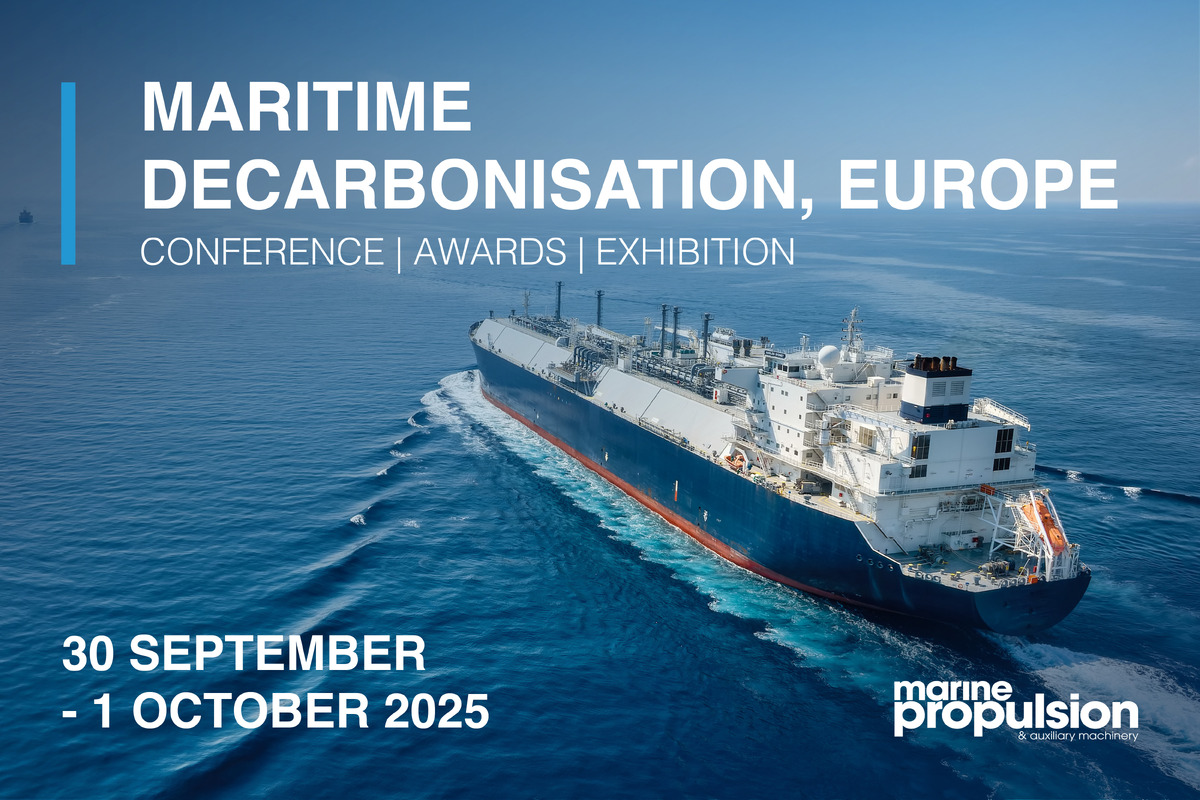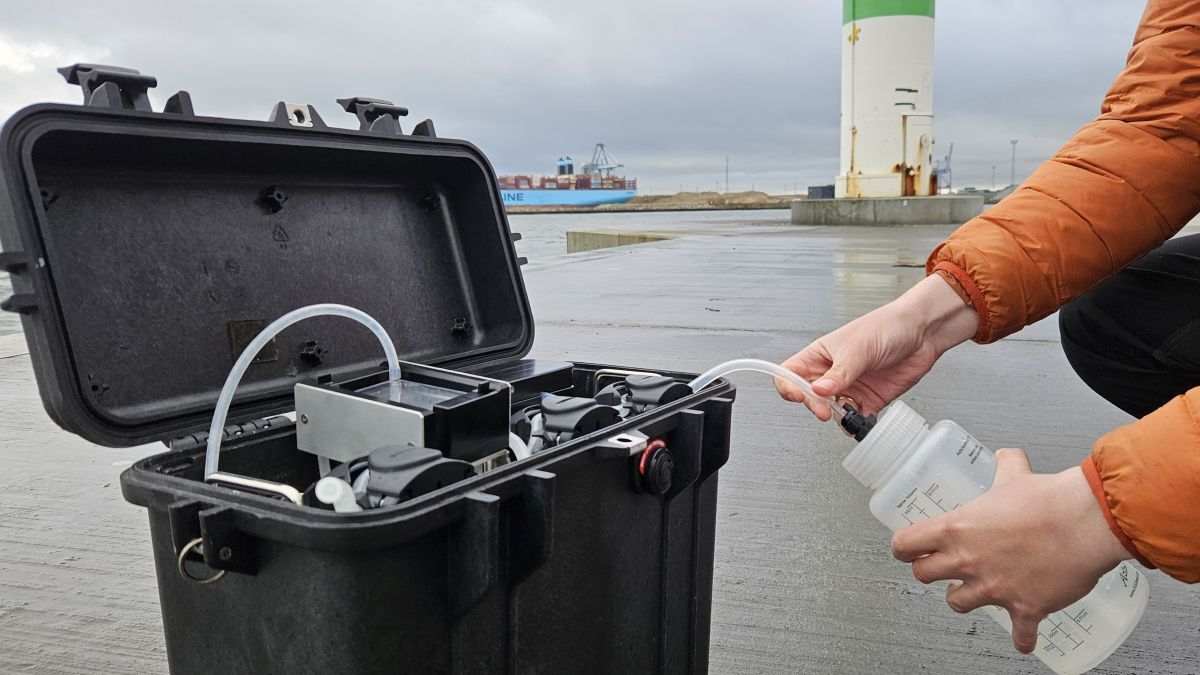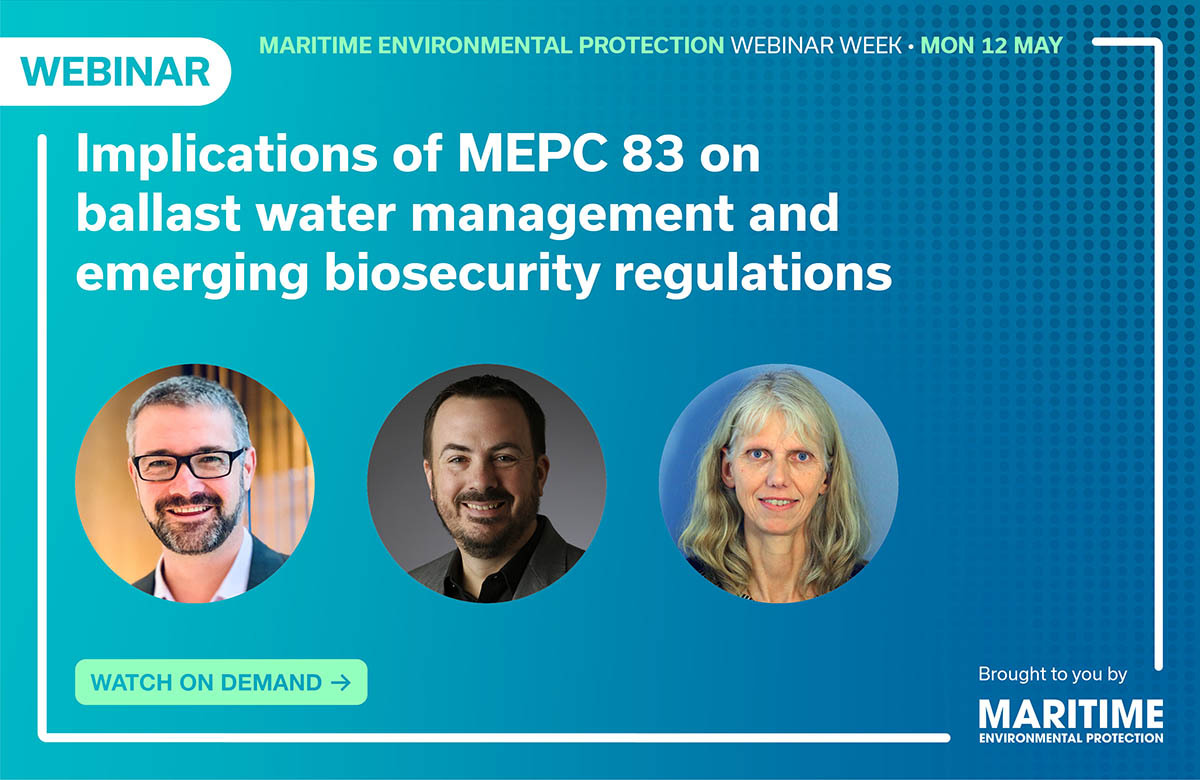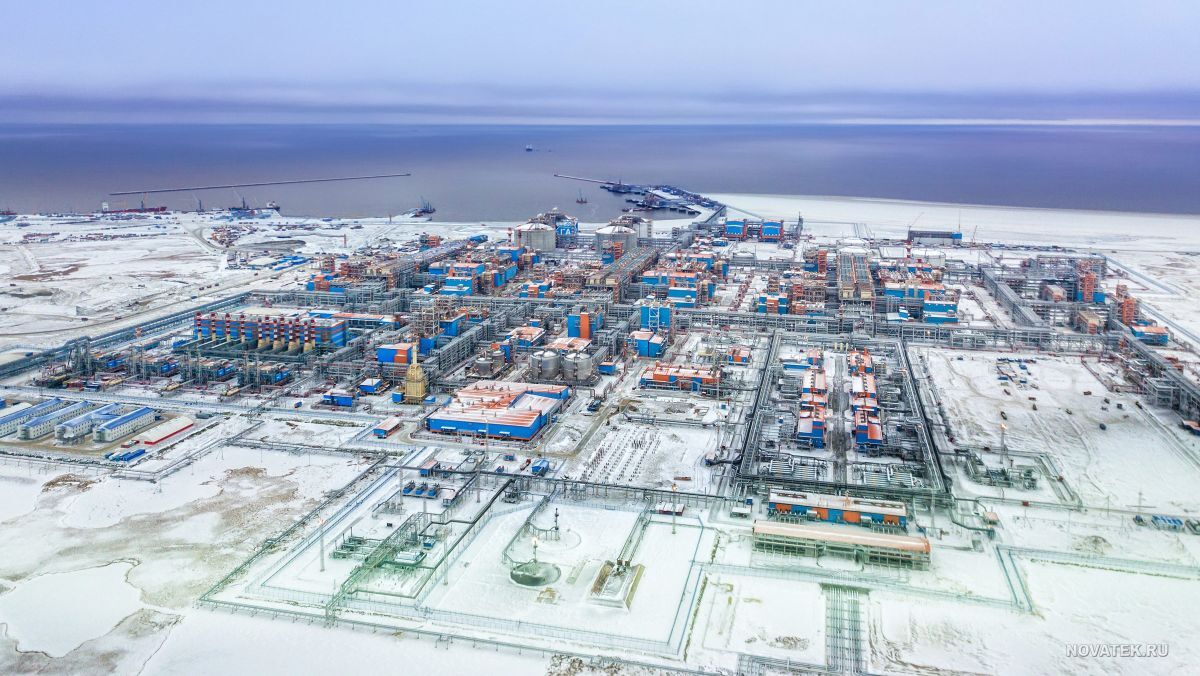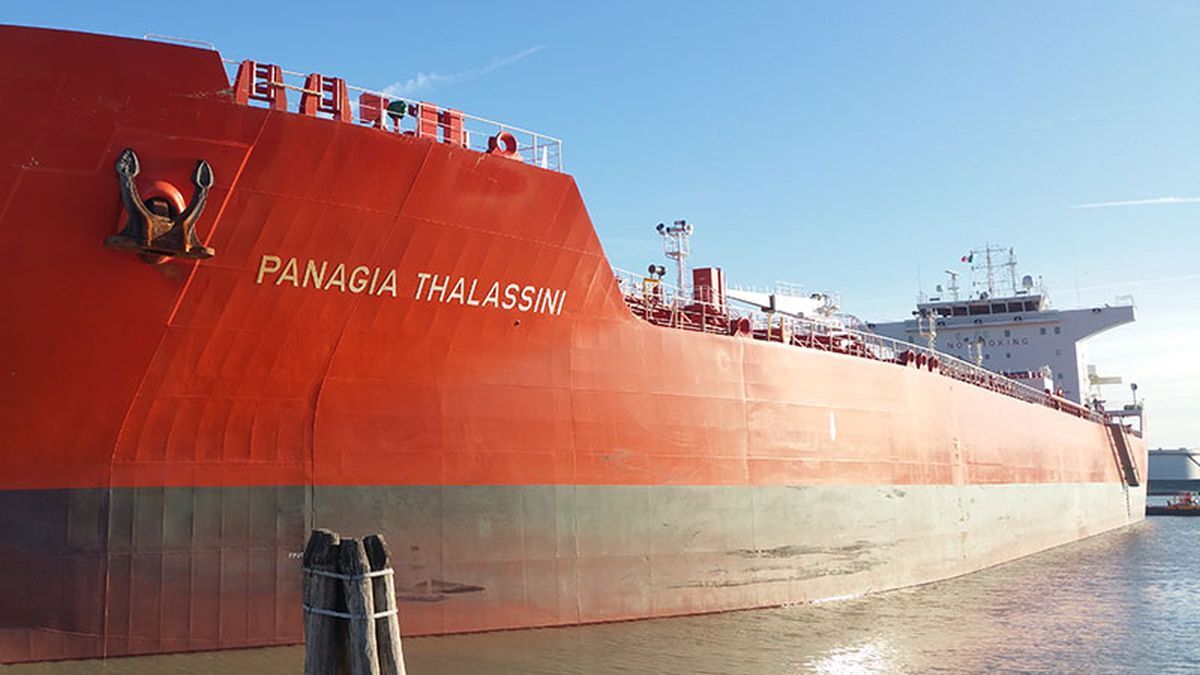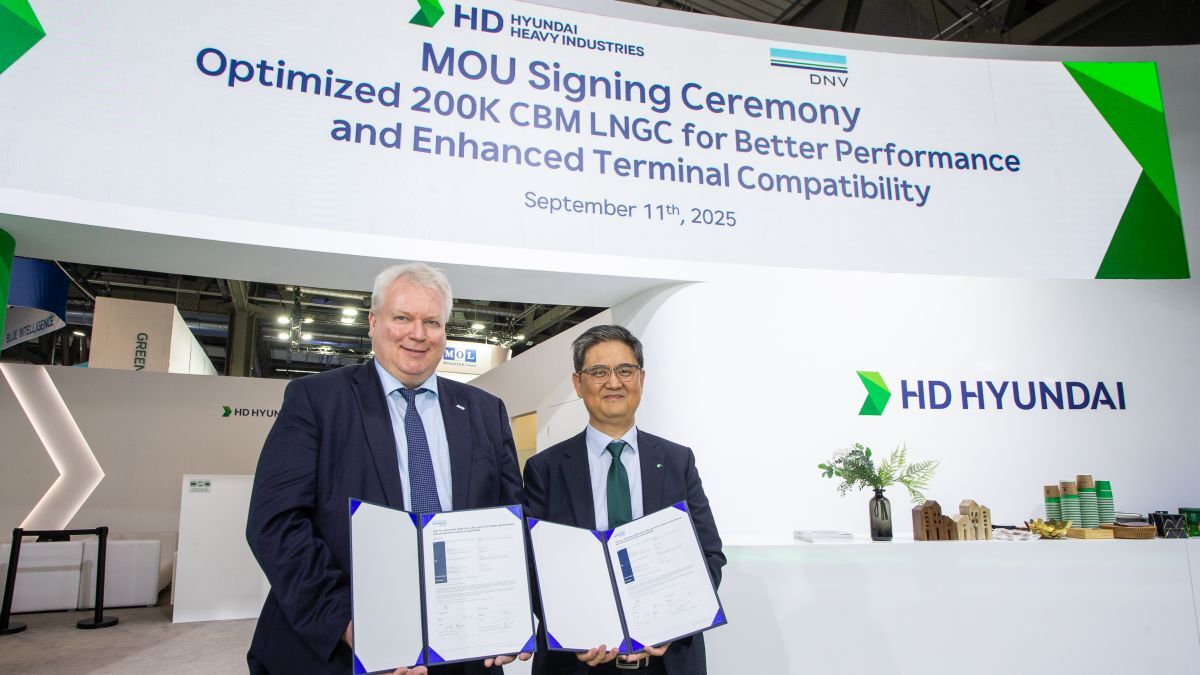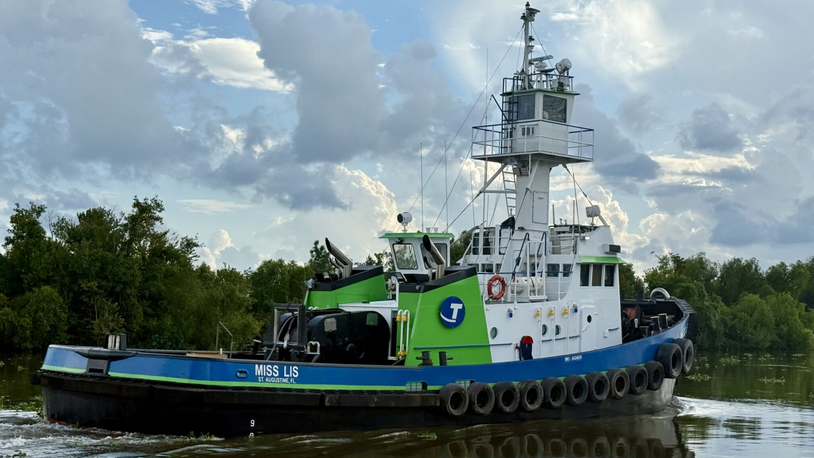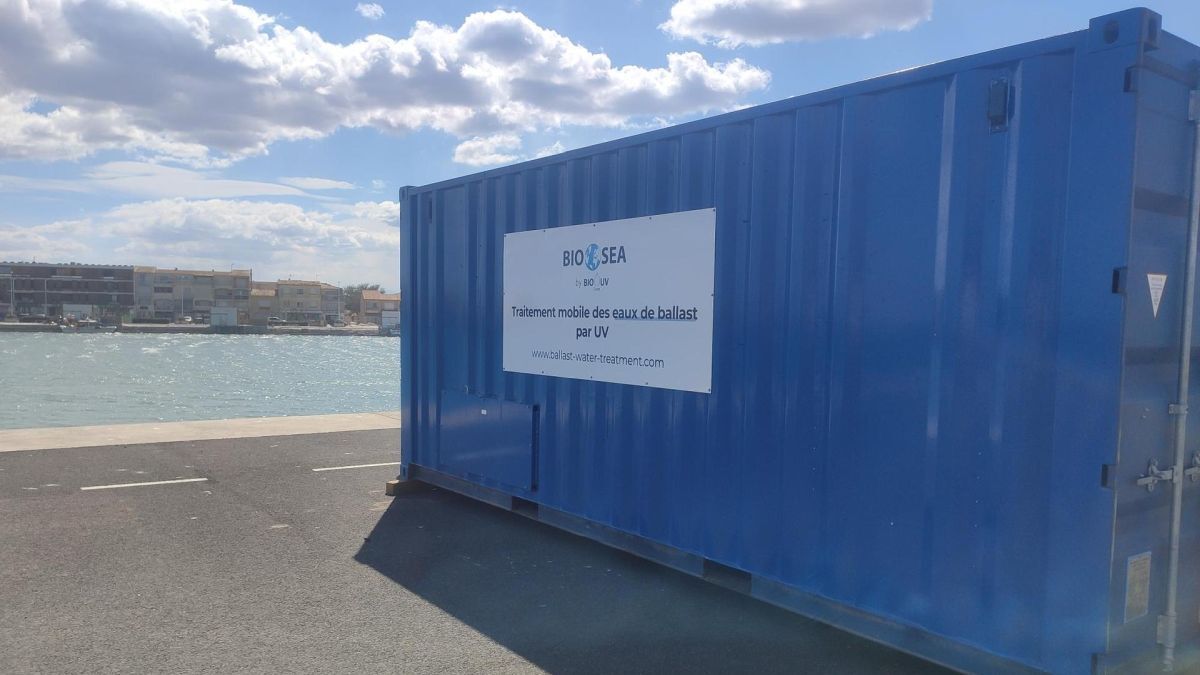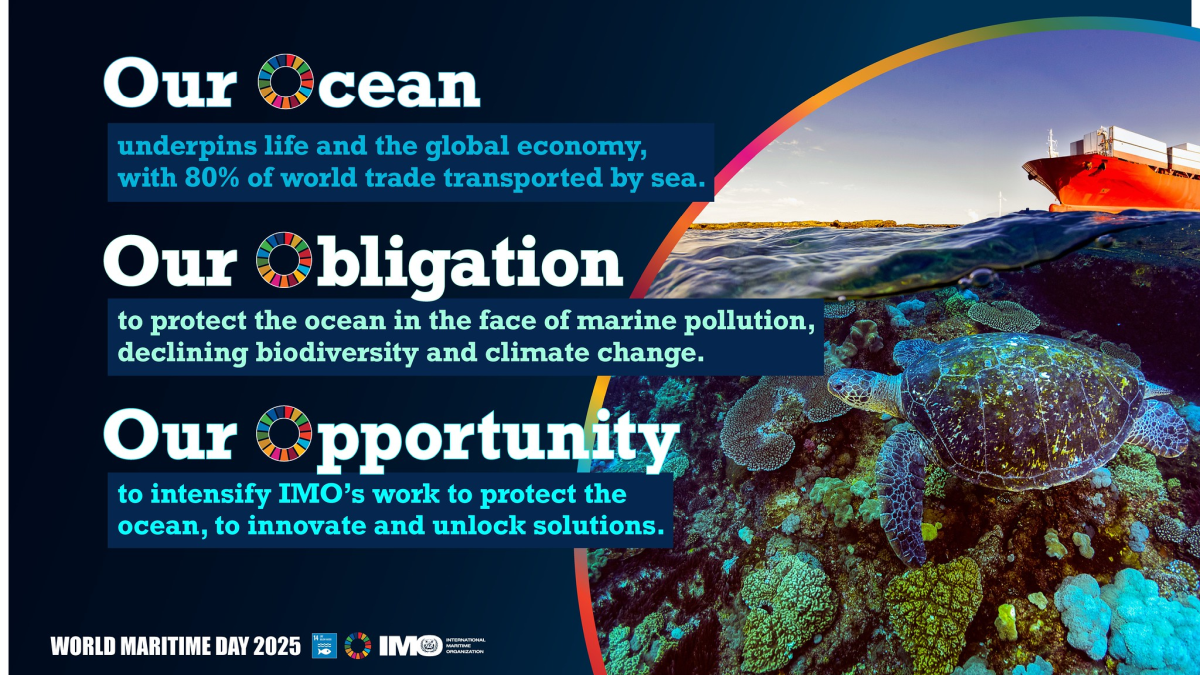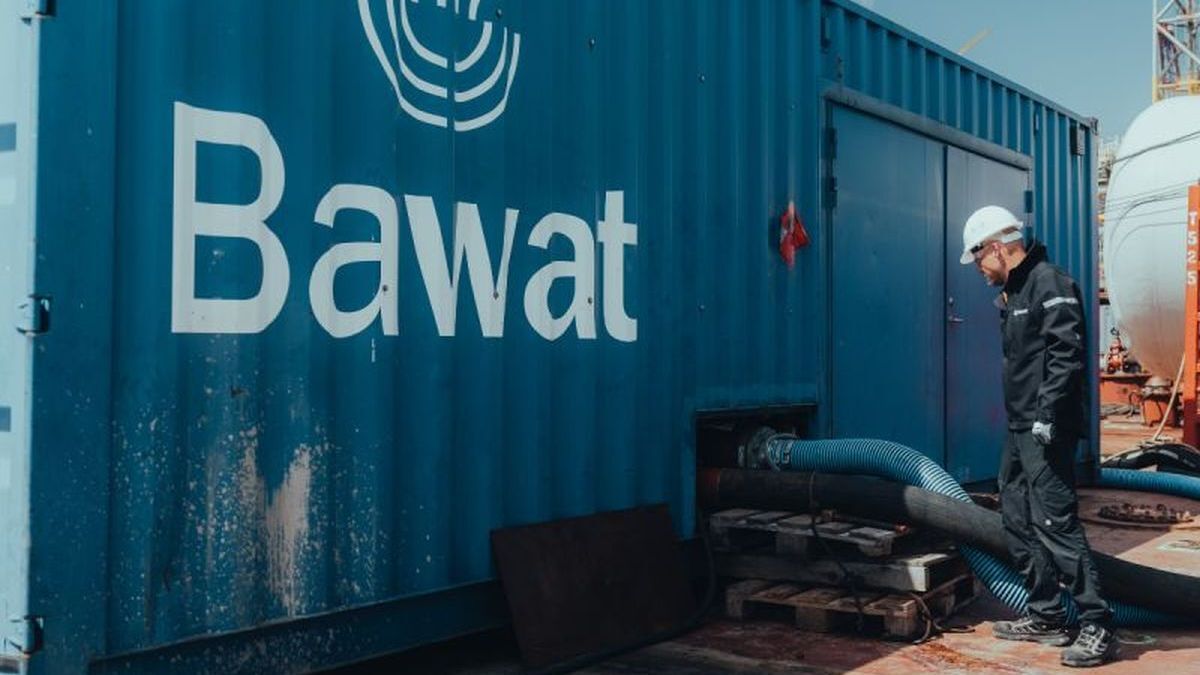Business Sectors
Contents
Register to read more articles.
MEPC 83 sets course for stricter ballast water and biosecurity compliance
IMO prepares full Ballast Water Management Convention (BWMC) revision and new biofouling convention, tightening discharge testing and port state control (PSC) scrutiny
The outcomes of IMO’s Marine Environment Protection Committee 83rd meeting (MEPC 83) confirm ballast water compliance is entering a new phase – one defined by comprehensive regulatory revision, strengthened enforcement, and the introduction of a legally binding biofouling convention.
Speaking at a Riviera’s webinar Implications of MEPC 83 on ballast water management and emerging biosecurity regulations, held on 12 May 2025, Simplify Ballast owner Mark Riggio outlined key decisions from MEPC 83.
“We are going to do a complete revision of the code,” he explained, referring to the Ballast Water Management Convention (BWMC) and BWMS Code.
The revised instruments are expected to be finalised by MEPC 84 in 2026 and come into force in June 2028. “We expect to have all of the pieces of the convention review finished,” said Mr Riggio.
A new Section 9 will be added to the BWMS Code, covering modifications made to systems after type-approval. This remains under development, but Mr Riggio noted “there are a lot of very, very complicated issues,” including how to handle software updates and hardware changes without triggering unnecessary revalidation.
He also pointed to new requirements to document critical spares in Ballast Water Management Plans, and mandatory stress-testing of systems under challenging water conditions during type-approval.
In a pivotal decision, MEPC 83 also approved the development of a legally binding framework for managing ships’ biofouling. Mr Riggio described this as “probably the biggest thing that happened at MEPC 83,” with work commencing under the Pollution Prevention and Response subcommittee, aiming for a conclusion by 2029.
SGS global marine services manager Guillaume Drillet highlighted discrepancies between certification and biological performance.
While flag state and PSC data suggest high compliance, “Globally, we still have 30% of the vessels which are not discharging water to the concentration of organism [required under] the IMO D-2 standards,” he said. “Testing of ballast water discharge is the fundamental verification point.”
Dr Drillet also noted failures are often due to contamination from mixing untreated or mistreated water, and systems not being used correctly. “More regular testing will come,” he said, as part of the BWMC revision process under Regulation E.
MicroWISE chief executive Pia Haecky presented data showing the ≥50µm organism size fraction is the primary source of compliance failures. “More than 30% have been shown to have failures in the testing,” she said of compliance samples.
Agreeing with Dr Drillet, Dr Haecky said more testing is required as it is through testing that data is acquired, and shipowners can help themselves through using compliance monitoring devices.
Poll results from the webinar revealed cautious attitudes across the industry. Half of respondents said they would feel confident if they had a documented track record of compliance through regular testing. Just 14% said they were confident in their existing practices.
On compliance monitoring devices, 59% would trust them if independently validated. Confidence in IMO’s planned testing regime was limited – 64% believed it would help identify problems, but only 28% expressed full confidence.
Sign up for Riviera’s series of technical and operational webinars and conferences:
- Register to attend by visiting our events page.
- Watch recordings from all of our webinars in the webinar library.
Related to this Story
Events
Maritime Decarbonisation, Europe: Conference, Awards & Exhibition 2025
Offshore Support Journal Conference, Americas 2025
LNG Shipping & Terminals Conference 2025
© 2024 Riviera Maritime Media Ltd.
